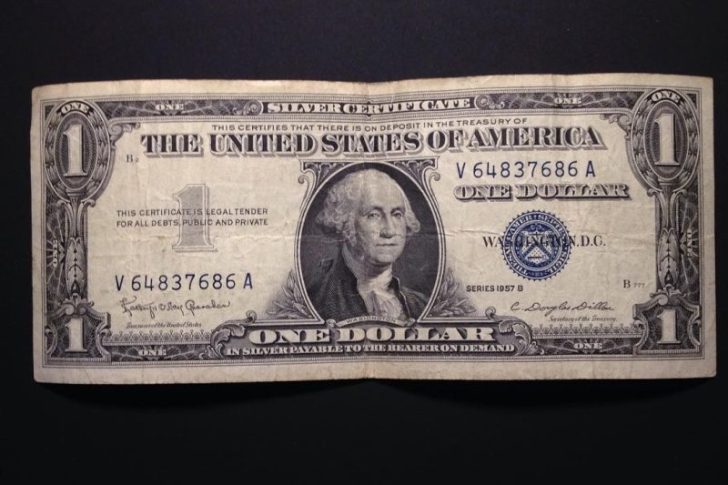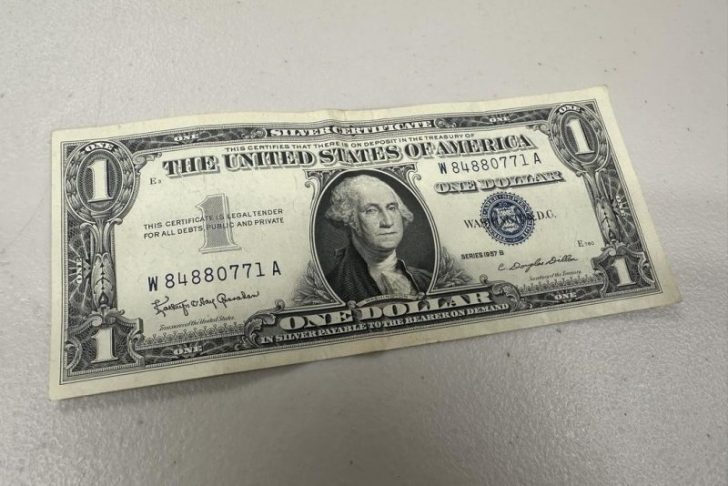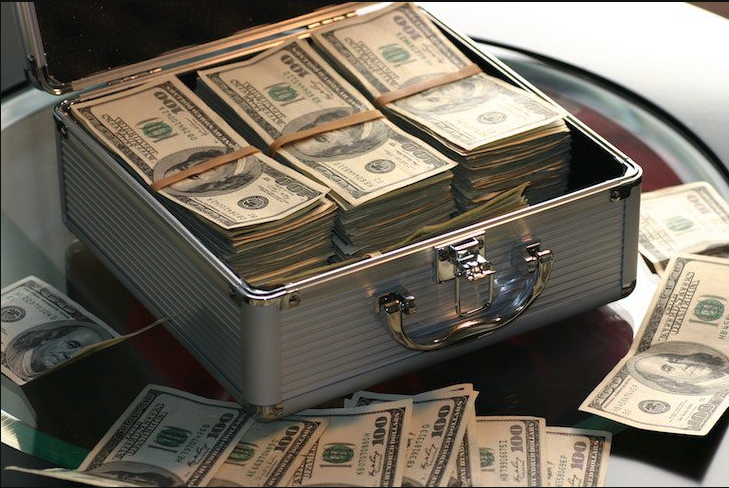How much is a 1957 dollar bill worth? This question is particularly common among those who come across a 1957 silver certificate dollar bill, an artifact from when the U.S. dollar was backed by silver.
How Much Is a 1957 Dollar Bill Worth Today?
A 1957 silver certificate dollar bill is a piece of U.S. currency with historical and numismatic value. Unlike today's Federal Reserve notes, silver certificates were once redeemable for their equivalent value in silver. The 1957 series was the last of its kind, with approximately 5 billion notes printed before the U.S. Treasury ceased production in 1963.

@jordonpp | Instagram | The 1957 series was the last of its kind, with approximately 5 billion notes printed before the U.S. Treasury ceased production in 1963.
Given their large circulation, these notes aren't particularly rare, but they still appeal to collectors. The value of a 1957 silver certificate dollar bill can vary depending on its condition, the series it belongs to, and any unique features it might possess.
Series Variations and Their Impact on Value
The 1957 silver certificate dollar bills come in three distinct series: the original 1957 series, the 1957-A series, and the 1957-B series. Each of these series has its own set of identifying signatures on the bill's front side.
1957 Series: These bills bear the signatures of Treasury Secretary Robert Bernard Anderson and Treasurer Ivy Baker Priest. In circulated condition, they are worth about $1 to $5. However, uncirculated examples can fetch between $10 and $15.
1957-A Series: This series is distinguished by the signatures of Treasury Secretary Clarence Douglas Dillon and Treasurer Elizabeth Rudel Smith. These bills are slightly more valuable, with circulated examples typically selling for $10 to $12 and uncirculated notes going for $20 to $22.
1957-B Series: The final series, featuring the signatures of Treasury Secretary Clarence Douglas Dillon and Treasurer Kathryn Elizabeth Granahan, is similar in value to the 1957-A series. Circulated notes generally sell for $8 to $10, while uncirculated examples can bring in up to $24.
Special Features That Can Increase Value
While the standard values of these bills are relatively modest, certain features can significantly increase their worth. For instance, bills with a star in their serial number are known as "star notes." These were issued to replace defective notes and are generally more sought after by collectors. A 1957 star note in circulated condition might be worth $12 to $15, while uncirculated star notes could sell for as much as $24.

@retrogaminglife | Instagram | A 1957 star note in circulated condition might be worth $12 to $15, while uncirculated star notes could sell for as much as $24.
Another aspect that can affect the value is the presence of unique serial numbers. Collectors often seek out bills with low serial numbers, special patterns like repeating numbers, or birth year numbers. Although these serial number arrangements are rare, they can add a premium to the bill's value.
Errors and Their Significance
Significant printing errors are uncommon despite the large number of 1957 silver certificates produced. However, they can add to the bill's value when they do occur. Examples of errors include misprints, ink smudges, or alignment issues. Though these errors might not make a bill extraordinarily valuable, they do catch the eye of specialized collectors.
In addition to printing errors, star notes also hold a particular fascination. While not errors in the traditional sense, star notes are replacements for regular notes that were destroyed due to defects during the printing process. Their distinctiveness adds to their desirability among collectors, making them worth more than their non-starred counterparts.







